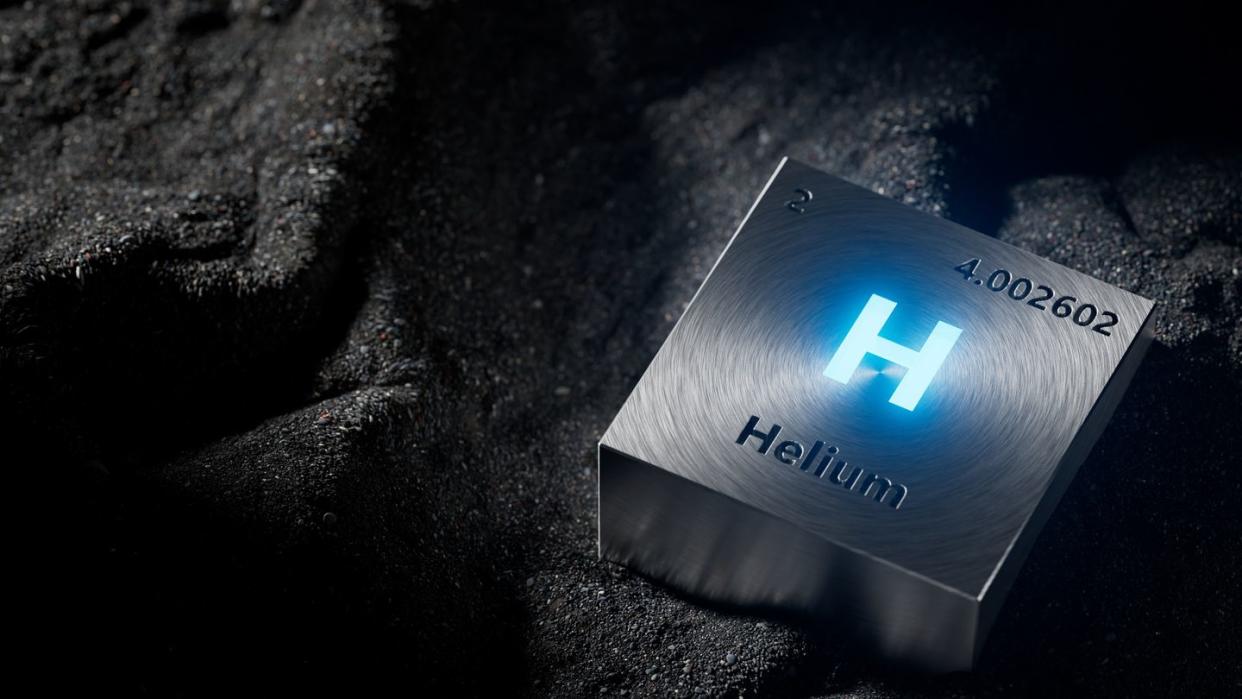A Hidden Helium Bonanza Has Suddenly Appeared in Minnesota

Helium is an important resource for many applications, especially MRI machines, but the gas is hard to come by on planet Earth.
While the world has been suffering a helium shortage for more than a decade, a new deposit in Minnesota could be the biggest in the world and might help ease helium woes.
While the discovery is promising, state officials are scrambling to figure out regulatory measures and environmental protections, so it could still be awhile before the gas is extracted from the earth.
For 1.1 billion years, a precious resource has slowly accumulated under the land that now makes up the sparsely populated area of Lake County in northeast Minnesota. Thanks to its crust of granite rock, rich in uranium and thorium, this area contains the highest known concentrations of helium in the world. Its recent discovery couldn’t come at a better time.
Although helium is very abundant throughout the universe, a quarter of our sun is made up of the stuff, the element on Earth is devilishly hard to come by. Because the element is so precious, the U.S. created the Federal Helium Reserve back in 1925 to secure the resource for the vitally important military asset known as airships.
While the lighter-than-air dream never quite made it off the ground (yet), other technologies — most crucially for MRI machines that use the gas to keep its superconducting magnets cool — rely on a steady supply. In fact, the resource is so important, companies have investigated mining it on the moon.
With the U.S. selling off its strategic reserve earlier this year, the news of this groundbreaking discovery in Minnesota could help ease supply tensions for the foreseeable future. In late February, the Canada-based Pulsar Helium announced that it found a reserve of the gas at its Minnesota “Topaz” site in excess of 12.4 percent, an estimate that was revised a few weeks later to 13.8 percent. This is roughly 10 times the concentration required to make your typical helium mining operation economically viable. At the time, the company’s CEO Thomas Abraham-James called the discovery “an outstanding result.”
Minnesota is an outlier when it comes to helium. Usually, helium is a byproduct of gas production as it usually forms in underground caches of methane or other hydrocarbons, according to Live Science—there’s a reason the U.S.’s strategic helium reserve was in Amarillo, Texas. But Minnesota, along with a few other spots in the world, including Greenland (where the company has another helium operation) and parts of Africa (which has also discovered large helium deposits in recent years), creates helium due to its granite rock infused with uranium and thorium. Combined with rift systems exposing the helium and volcanism to separate it from the rock, you get immense amounts of helium trapped underground.
This staggering find has sent Minnesota’s congress into overdrive as the state doesn’t have any regulatory oversight in place for such an extraction. While Pulsar Helium’s operation is located on private land, it’s nearly hemmed in on all sides by public land and Minnesota wants to ensure that environmental protections are in place and state-owned resources aren’t tapped in the process. That’s understandable considering that the state estimates that a 40-acre parcel could produce roughly $11 million a day for the extractor.
Last week, the state’s House of Representatives passed a bill that would put a two-year moratorium on extraction while the state figures out regulatory and environmental processes, and the bill is currently in the state senate. Minnesota Senator Grant Hauschild told the Star Tribune that the bill is absolutely necessary.
“I think, among all stakeholders from pro-extraction people to environmentalists. I think everybody kind of agrees we need a plan,” he said.
So while this new discovery in Minnesota could ease the world’s helium woes, the challenge of getting it out of the ground safely and sustainably is just getting started.
You Might Also Like
